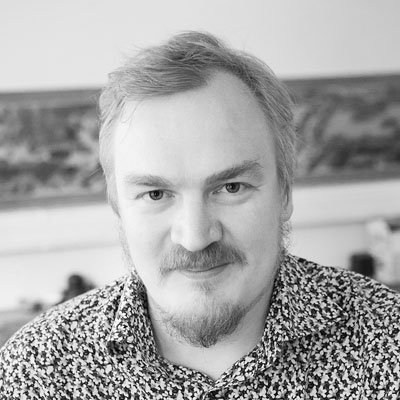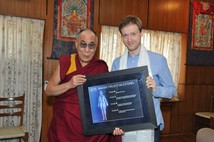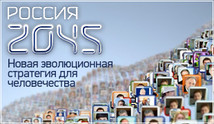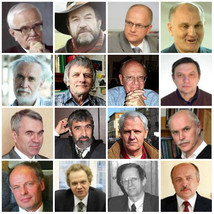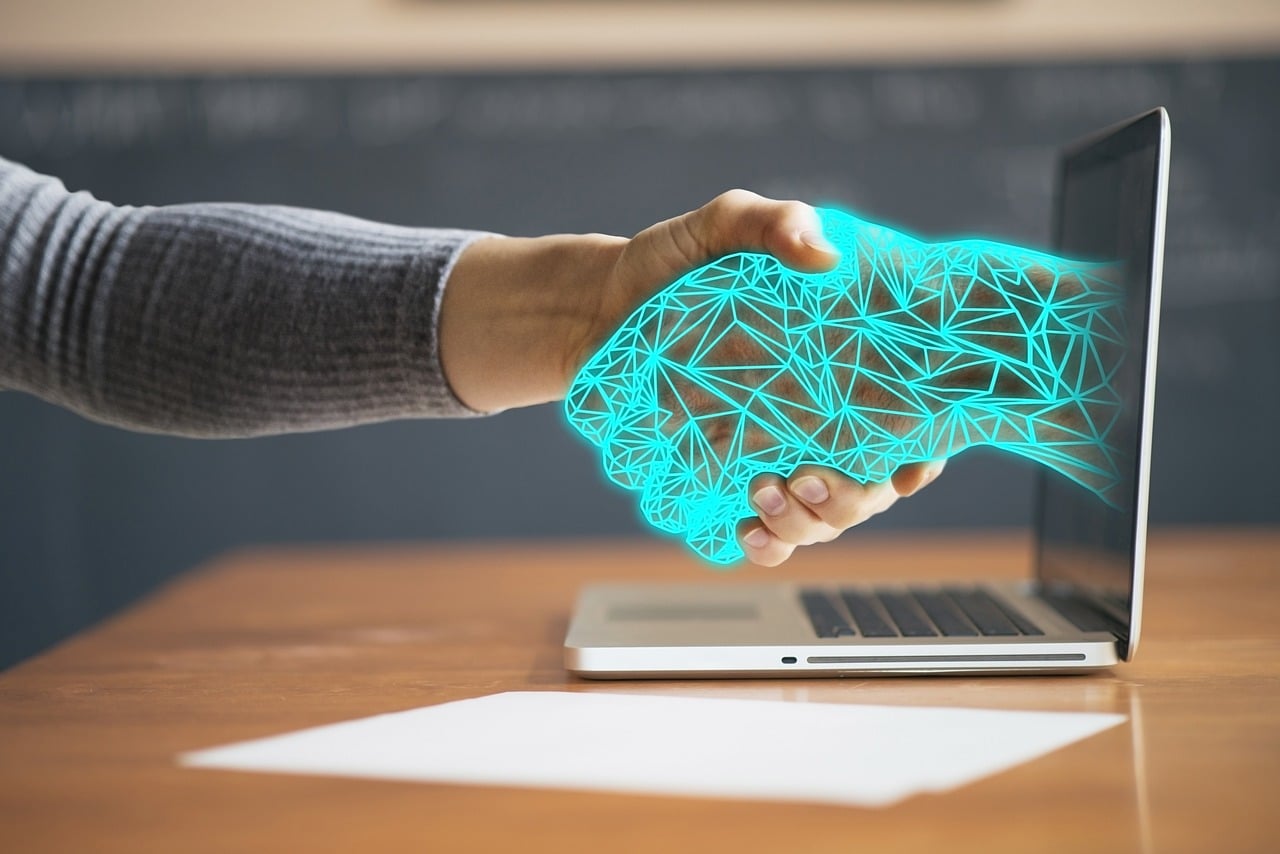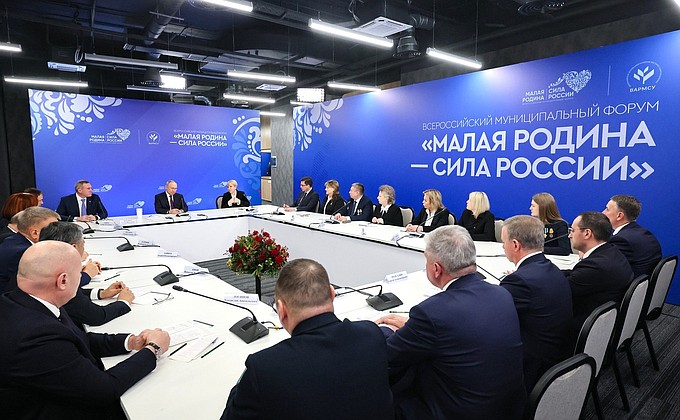Lalas
Star
- Joined
- Nov 8, 2022
- Messages
- 1,406

В России запущены проекты по адаптации регионов к изменениям климата
Четверть проектов, разработанных по программе Агентства стратегических инициатив (АСИ) «Адаптация регионов России к изменениям климата», уже реализуются в регионах. В частности, в Иркутской области применяется решение по повышению эффективности мониторинга пожарной опасности в лесах, в...
December 26, 2023
A quarter of the projects developed under the Agency for Strategic Initiatives (ASI) program "Adaptation of Russian Regions to Climate Change" are already being implemented in the regions.
...
Digital solutions are essential for adapting to climate change. Geographic information services make it possible to store information and predict climate risks and assess damage from them. A team from the Kaluga Region is developing such a platform. The unification of disparate information systems for the prompt exchange of data on water, forestry, agriculture, transport, and construction will protect residents, develop new and adjust planned environmental protection measures. A similar platform (in fact, a nature-user digital twin of the subject) may be created in other regions of Russia in the future.
The projects developed during the training received feedback and evaluation from representatives of the Ministry of Economic Development of the Russian Federation, the Bank of Russia, the Russian Energy Agency of the Ministry of Energy of the Russian Federation, VEB.RF, Sberbank, Gazprombank, the Israel Institute of Global Climate and Ecology, the Obukhov Institute of Atmospheric Physics of the Russian Academy of Sciences, the Institute of Economic Forecasting of the Russian Academy of Sciences, the National Research University Higher School of Economics, as well as industrial companies and consulting agencies.
"The ASI initiative has become a catalyst for the joint work of scientists, practitioners, and regional leaders. It became possible to start developing solutions for adaptation to climate change in a comprehensive manner, taking into account a variety of aspects, and to involve specialists from scientific and educational organizations, financial organizations, development institutions and companies in this work. We saw an interesting list of priorities, a lot of non-trivial solutions tailored to the specifics of a particular region," said Sergey Sementsov, Head of the Green Economy Department at the Institute for Research and Expertise of VEB.RF.
According to Maxim Evdokimov, Director of the Ecology Division of the Agency for Strategic Initiatives, one of the important results achieved within the framework of the program is the expert community formed in the regions of Russia, consisting of people who are able to systematically analyze the socio-economic development of the regions through the prism of climate change. "The next step is to develop new tools to support the submitted projects. This will help the regions of Russia to effectively adapt to the new conditions," said Maxim Evdokimov following the results of the program.


В Воронеже создали лабораторию, которая к 2030 году на 70% обеспечит рынок электроникой
Она будет работать на базе кафедры физики твердого тела и наноструктур
It will work on the basis of the Department of Solid State Physics and Nanostructures
VORONEZH, December 28, 2023. Voronezh State University (VSU) has created a laboratory of gallium nitride and silicon electronics, for the creation of which a grant of 100 million rubles was received. It is expected that by 2030 the laboratory will cover 70% of the needs of the Russian market for electronic products for the production of portable devices for medicine, robotics, unmanned aerial vehicles (UAVs), drones, and security systems, the press service of the university reported in the Telegram channel.
...
Russian Science Foundation

Новые комплексы иттербия с управляемыми свойствами для медицины и электроники
Ученые из Института общей и неорганической химии им. Н.С. Курнакова РАН и Физического Института им. П.Н. Лебедева РАН синтезировали и исследовали новые устойчивые комплексы редкоземельного металла иттербия, обладающие свойствами молекулярных магнетиков, эффективно люминесцирующие в инфракрасной...
New Ytterbium Complexes with Controllable Properties for Medicine and Electronics
Scientists from the Kurnakov Institute of General and Inorganic Chemistry of the Russian Academy of Sciences and the Lebedev Physical Institute of the Russian Academy of Sciences have synthesized and studied new stable complexes of the rare-earth metal ytterbium, which have the properties of molecular magnets and effectively luminesce in the infrared spectral region. The development is promising for the creation of new materials for medicine (for example, luminescent markers) and high-precision electrical engineering (LEDs, materials for recording, processing and storing information). The results of the study were published in the international journal Dalton Transactions.
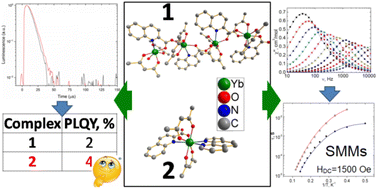
Novel stable ytterbium acetylacetonate–quinaldinate complexes as single-molecule magnets and surprisingly efficient luminophores
The first Yb complexes comprising a quinoline-2-carboxylate (quinaldinate, Q−) ligand, namely 1D-polymeric [Yb(acac)2(Q)]n (1, acac− is the acetylacetonate (pentane-2,4-dionate) anion) and mononuclear [Yb(acac)2(Q)(Phen)] (2, Phen is 1,10-phenanthroline), are reported. The bifunctionality of...

Проект
ДОМ.РФ и Минстрой России создали экспертную группу по внедрению ИИ в строительной отрасли
Минстрой России совместно с институтом развития ДОМ.РФ создали экспертную группу по внедрению искусственного интеллекта в строительной отрасли. Руководителем…
December 29, 2023
The Ministry of Construction of Russia, together with the DOM.RF Development Institute, created an expert group on the introduction of artificial intelligence in the construction industry.
...

Цифровые аналоги клеток мозга на 20% улучшили "память" нейросетей
Как отмечают ученые, нейросети представляют собой очень упрощенный аналог цепочек нейронов, присутствующих в головном мозге человека и животных
As the scientists note, neural networks are a very simplified analogue of the chains of neurons present in the brains of humans and animals
MOSCOW, December 28, 2023. Russian scientists have found that neural networks are much better at remembering information if digital analogues of astrocytes - auxiliary cells of the brain - are embedded in them. Adding such cells to neuromorphic networks has improved their ability to reproduce previously obtained information by 20 percent, the press service of the Russian Science Foundation (RSF) reported on Thursday.
"The model we propose can be used to create a neuromorphic artificial intelligence that works more energy-efficiently than any other algorithms. In addition, our neural network can be used to model the processes occurring in the brain, in particular, the transmission of signals between neurons and astrocytes," explained Susanna Gordleeva, professor at Nizhny Novgorod State University (UNN), whose words are quoted by the press service of the Russian Science Foundation.
As the scientists note, neural networks are a very simplified analogue of the chains of neurons present in the brains of humans and animals. Their simplification is due not only to the incomplete reproduction of all the features in the work of nerve cells, but also to the fact that neural networks lack auxiliary brain cells, the so-called astrocytes and microglia.
Experiments in recent years show that these bodies not only nourish neurons and protect them from infections, but also play an important role in regulating their activity and in remembering new information. With this in mind, the researchers developed a digital analogue of astrocytes that could interact with the rest of the neural network and embedded them into the neuromorphic AI system they were developing.
It consists of three layers, one of which plays the role of analogues of the pyramidal neurons of the brain, which perceive signals; the second consists of semblance of interneurons propagating these signals through the network; and the third is made up of digital astrocytes. Semblance of electrical impulses are transmitted between artificial neurons, and analogues of chemical signals that are emitted by natural cells in the brain are transmitted between astrocytes and neurons.
Subsequent experiments showed that this system was able to successfully recognize images of numbers and letters and reproduce previously received information. In this respect, the neural network with digital astrocytes surpassed its counterpart by 20%, in which these auxiliary cells are absent. This indicates the high prospects of using such an extension of neural networks in the development of neuromorphic AI systems, the researchers concluded.

Московская компания обеспечит чипами собак-поводырей
Столичный производитель RFID-продукции ISBC начал поставлять изделия для чипирования животных в центр обучения собак-поводырей.
25.12.2023
ISBC, a manufacturer of RFID products in the capital, has begun supplying products for microchipping animals to a training center for guide dogs.
The development will help identify, preserve and improve veterinary care.
...
Last edited:



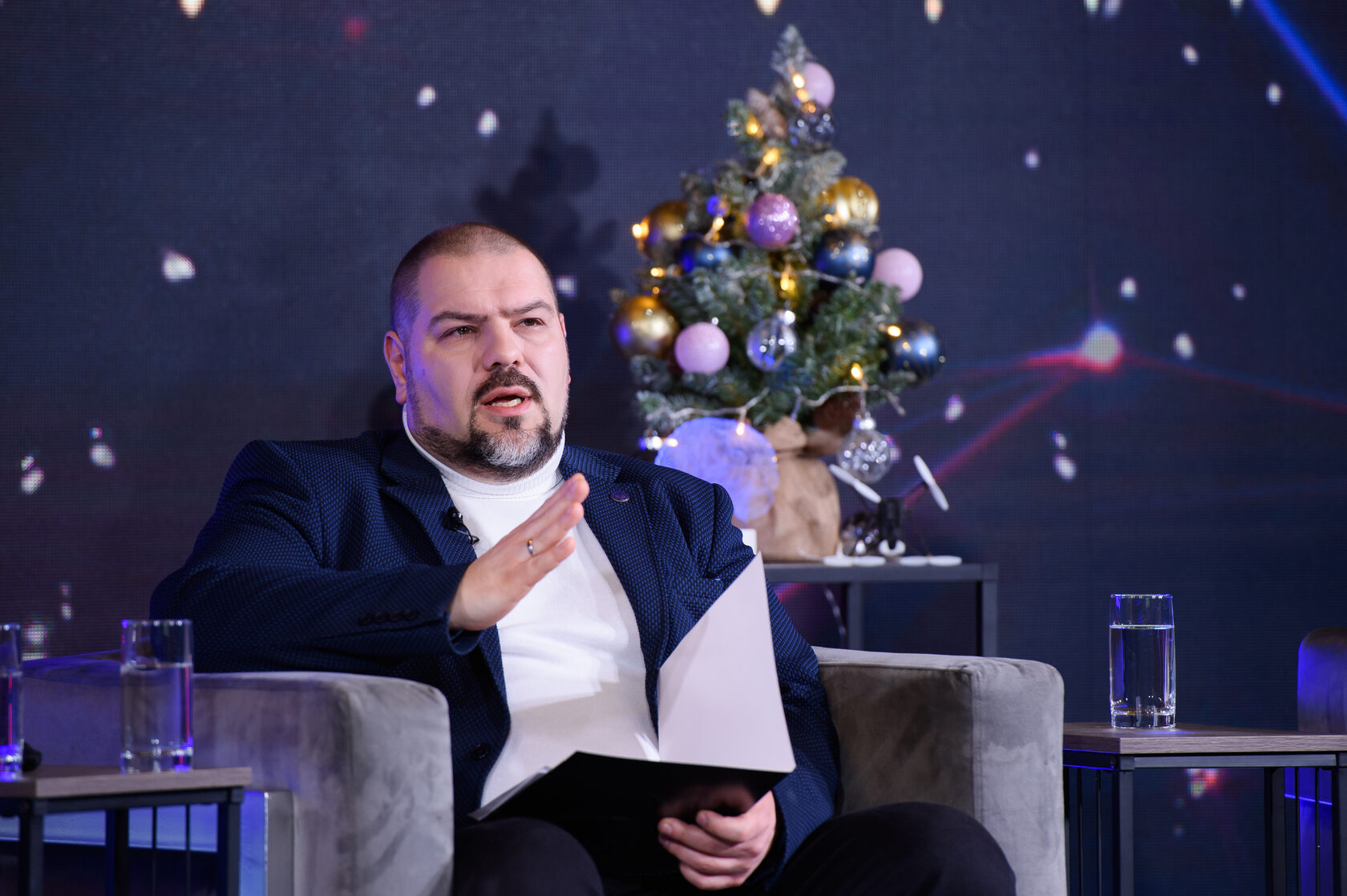


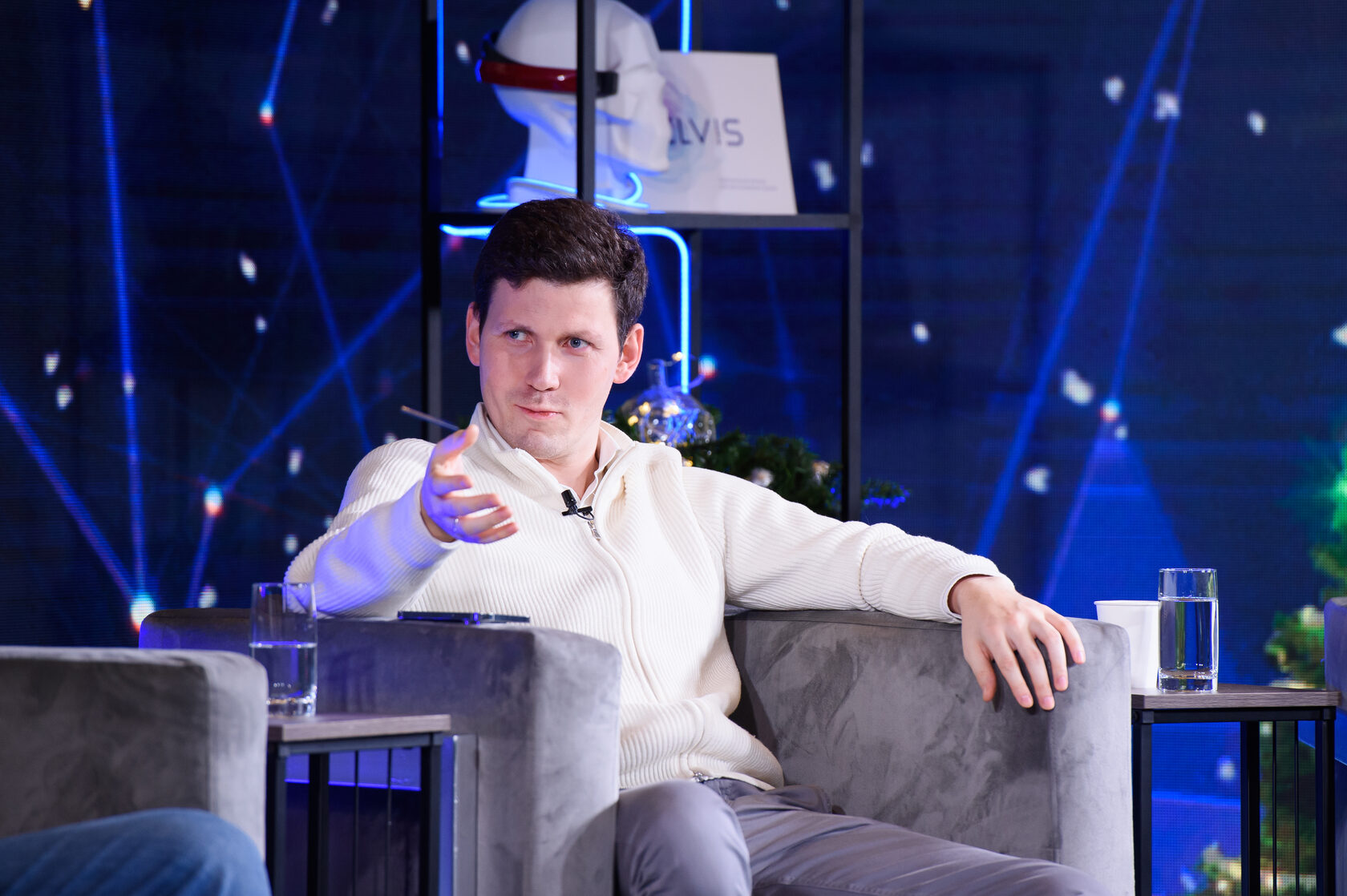
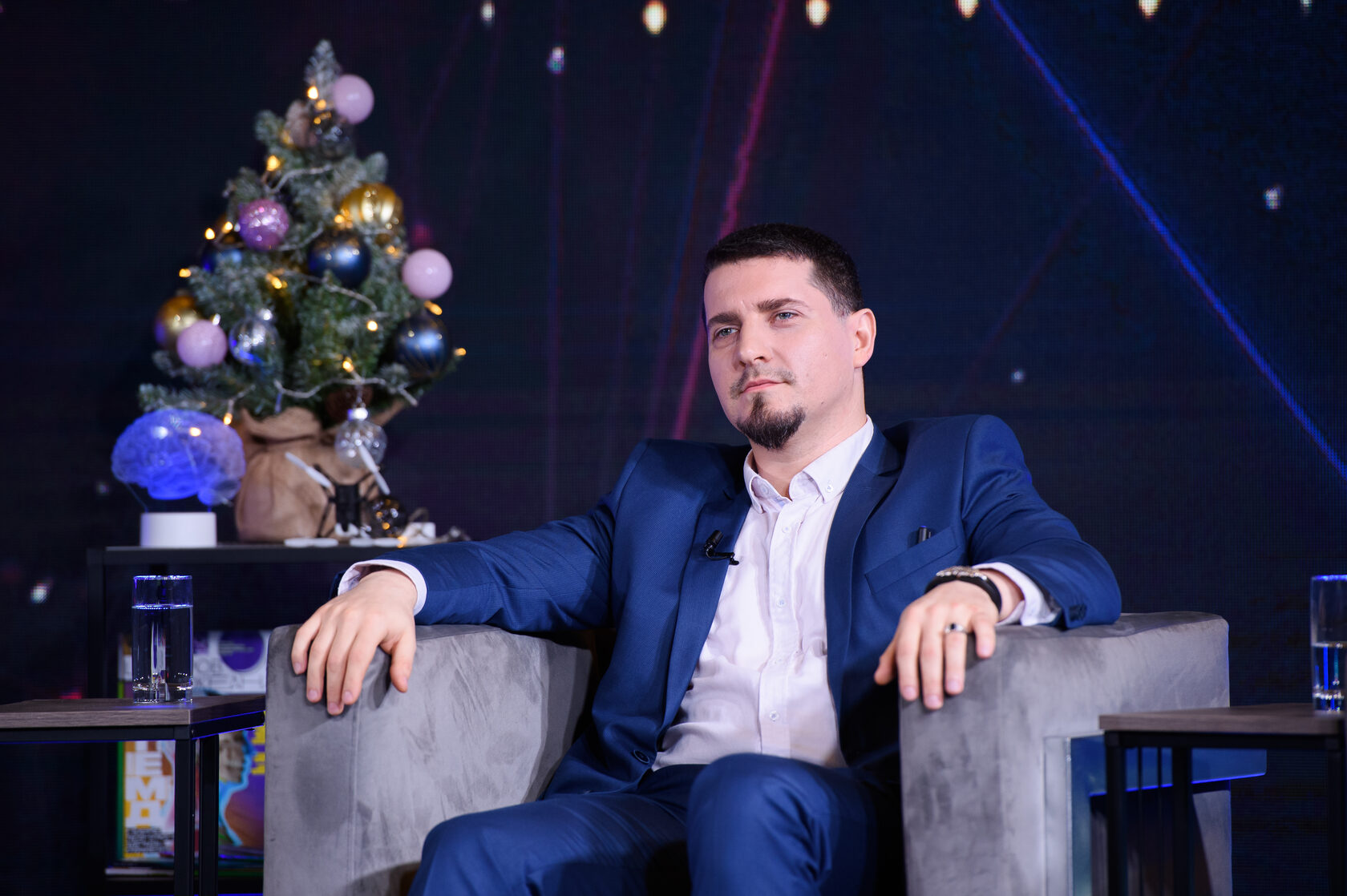

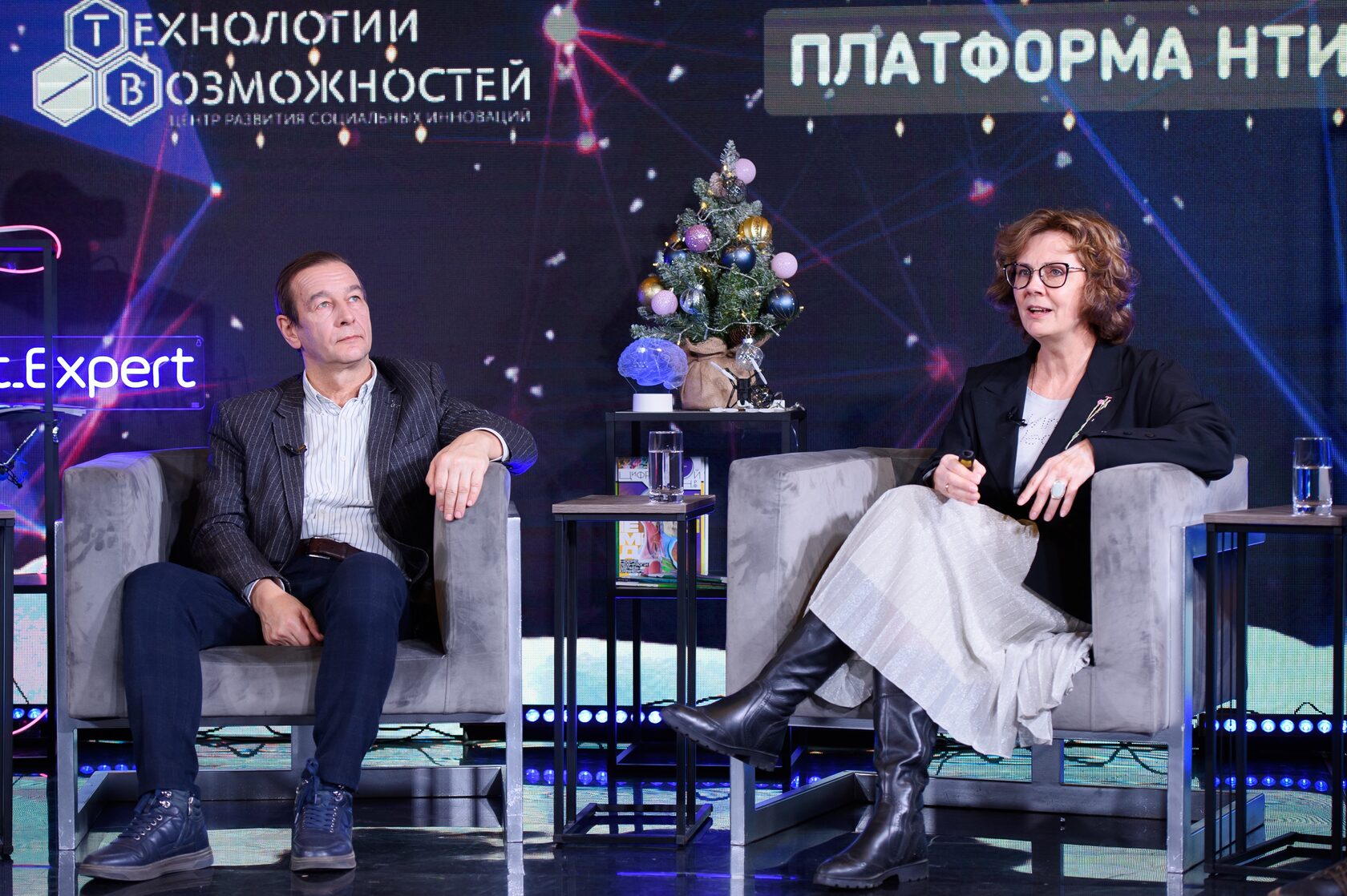


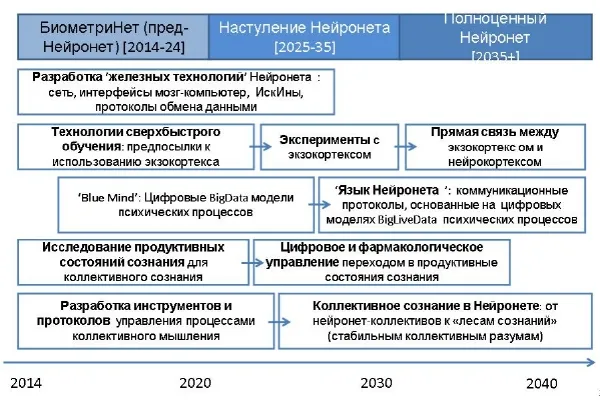

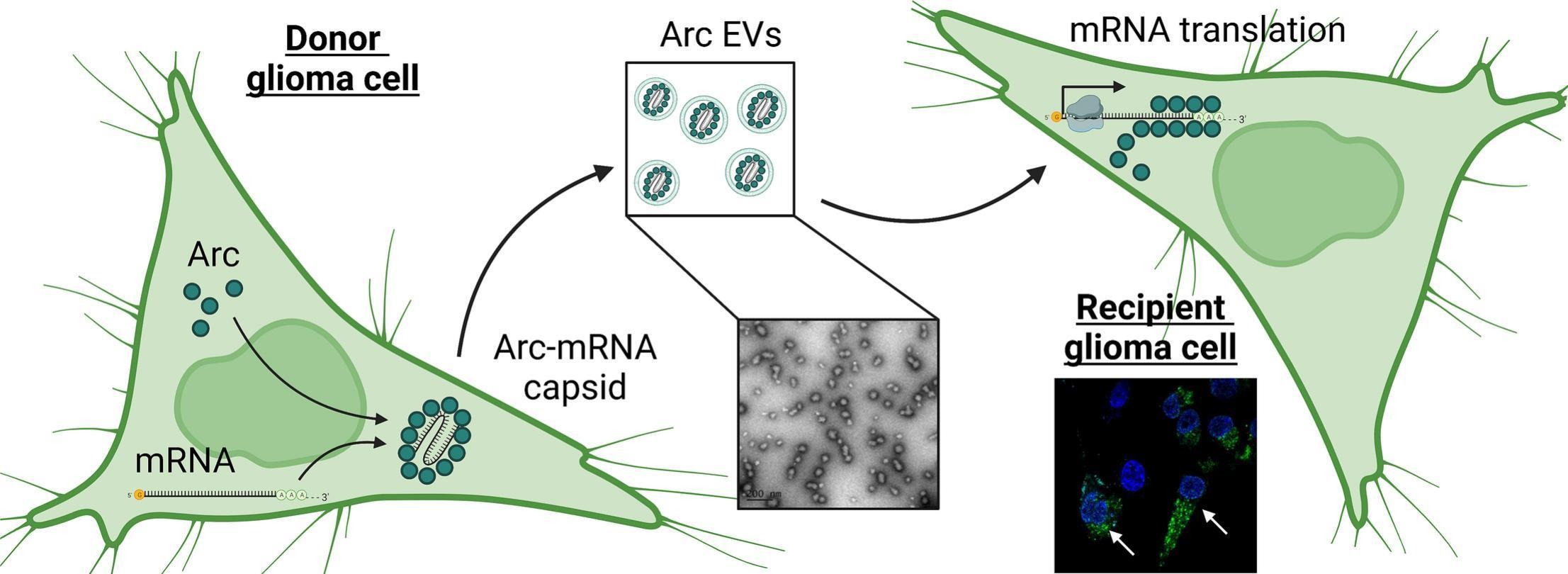







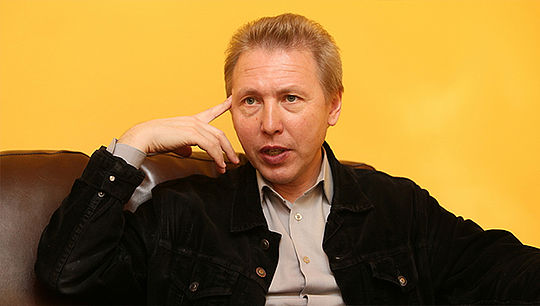
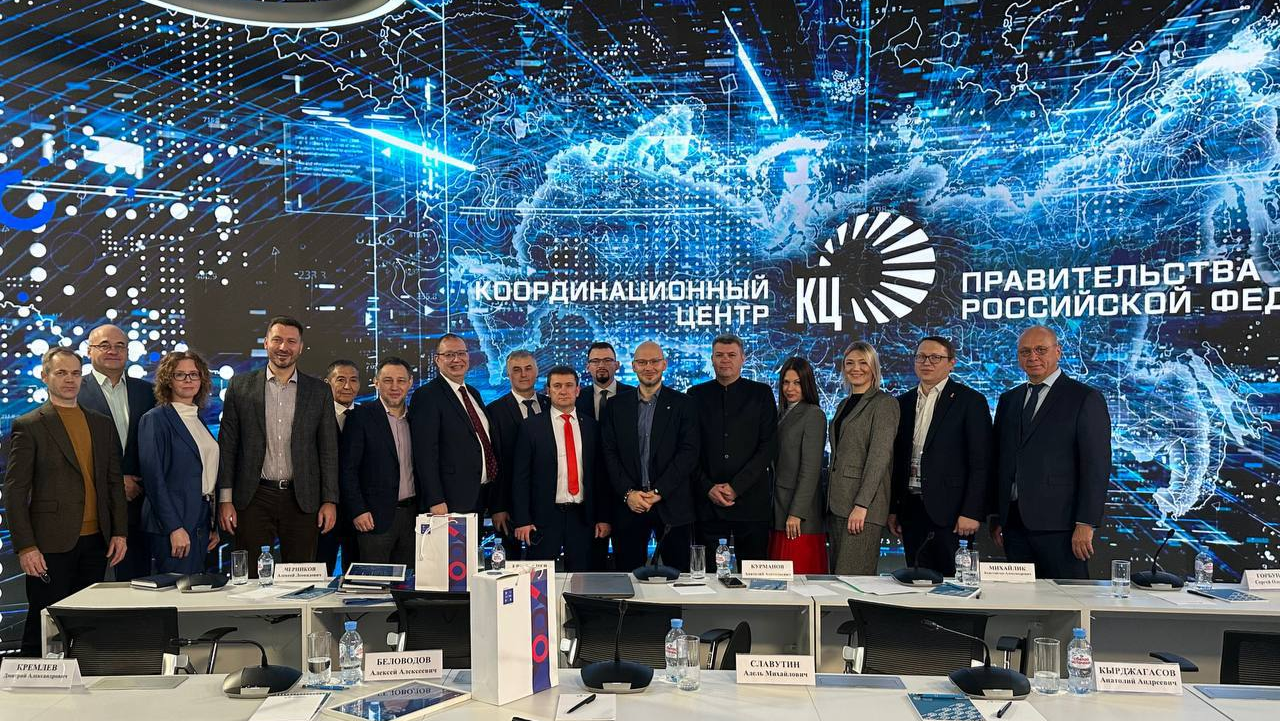
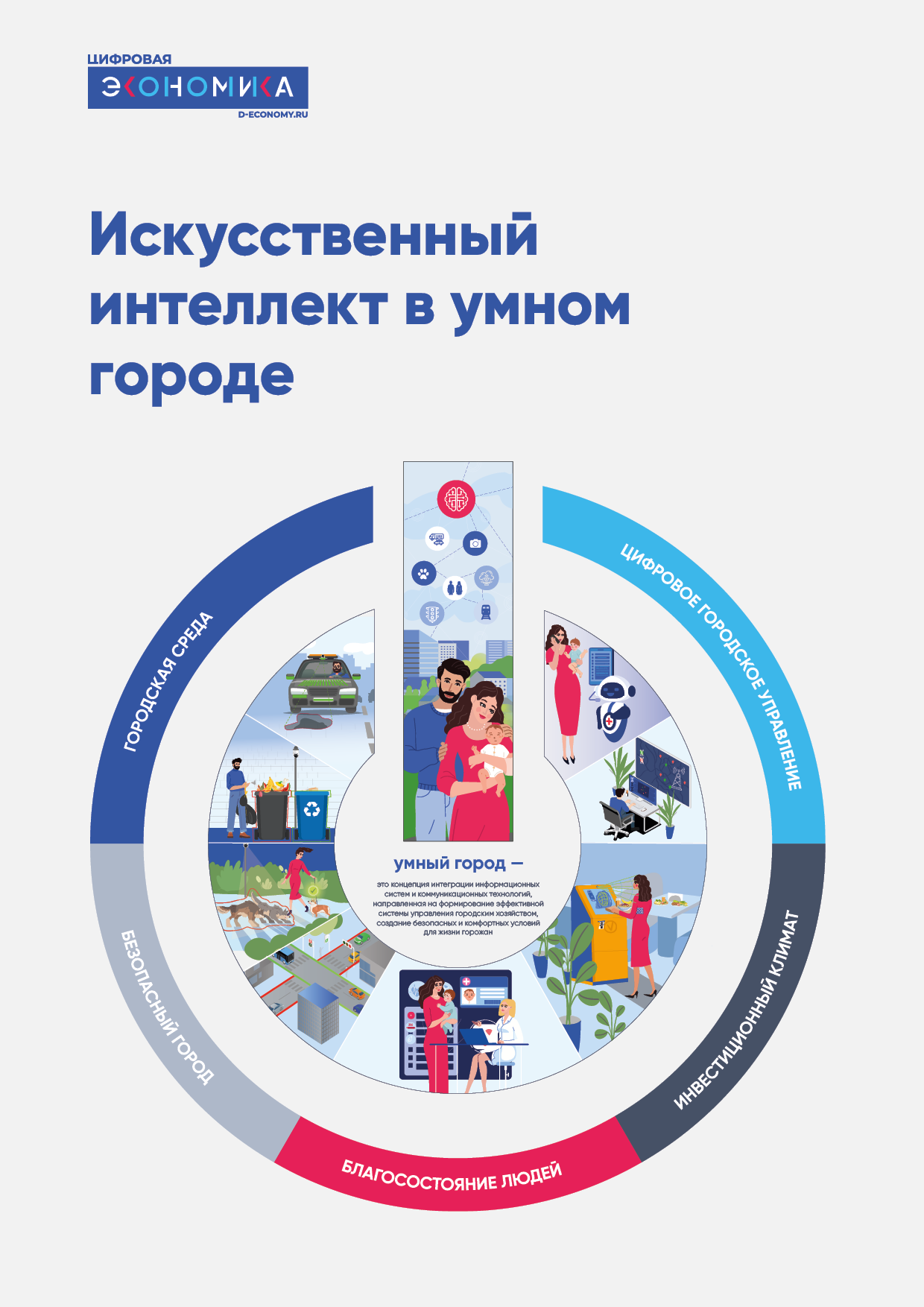









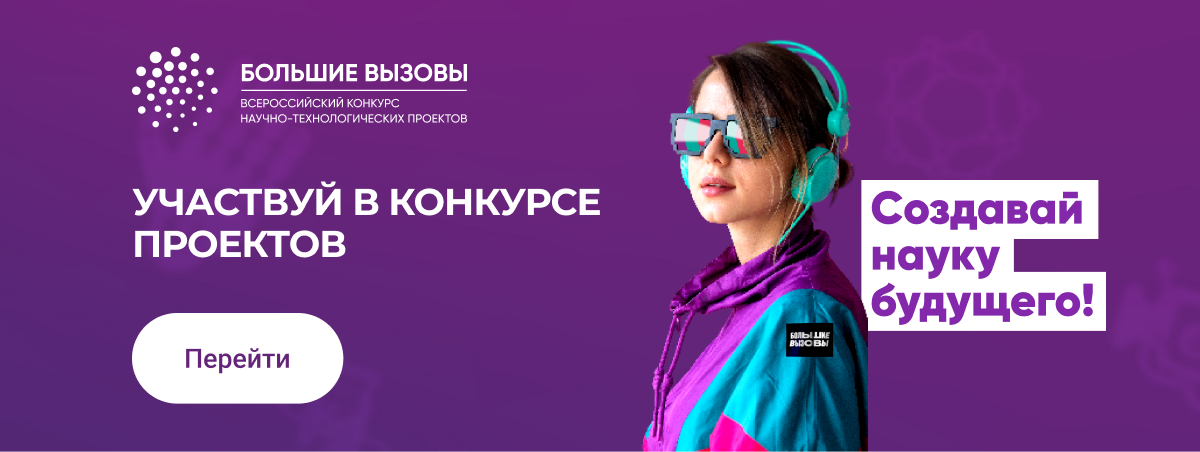
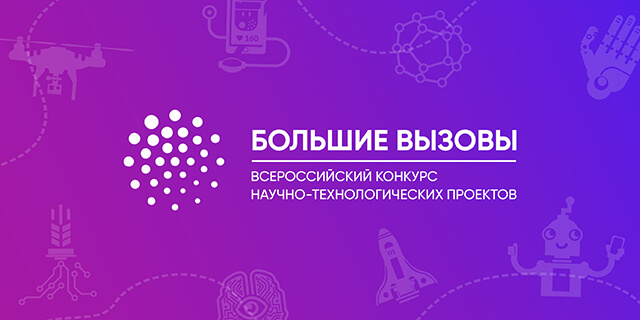




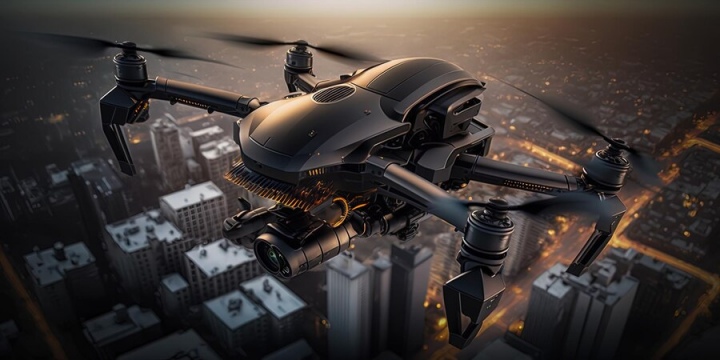


 Попцова.jpg.(1000x1000x1).jpg)
%20%D0%9F%D0%BE%D0%BF%D1%86%D0%BE%D0%B2%D0%B0.jpg)
